Archives
- 2025-11
- 2025-10
- 2025-09
- 2025-03
- 2025-02
- 2025-01
- 2024-12
- 2024-11
- 2024-10
- 2024-09
- 2024-08
- 2024-07
- 2024-06
- 2024-05
- 2024-04
- 2024-03
- 2024-02
- 2024-01
- 2023-12
- 2023-11
- 2023-10
- 2023-09
- 2023-08
- 2023-07
- 2023-06
- 2023-05
- 2023-04
- 2023-03
- 2023-02
- 2023-01
- 2022-12
- 2022-11
- 2022-10
- 2022-09
- 2022-08
- 2022-07
- 2022-06
- 2022-05
- 2022-04
- 2022-03
- 2022-02
- 2022-01
- 2021-12
- 2021-11
- 2021-10
- 2021-09
- 2021-08
- 2021-07
- 2021-06
- 2021-05
- 2021-04
- 2021-03
- 2021-02
- 2021-01
- 2020-12
- 2020-11
- 2020-10
- 2020-09
- 2020-08
- 2020-07
- 2020-06
- 2020-05
- 2020-04
- 2020-03
- 2020-02
- 2020-01
- 2019-12
- 2019-11
- 2019-10
- 2019-09
- 2019-08
- 2019-07
- 2019-06
- 2019-05
- 2019-04
- 2018-11
- 2018-10
- 2018-07
-
br Regulation of AHR Activity AHR activity is regulated in
2024-04-13
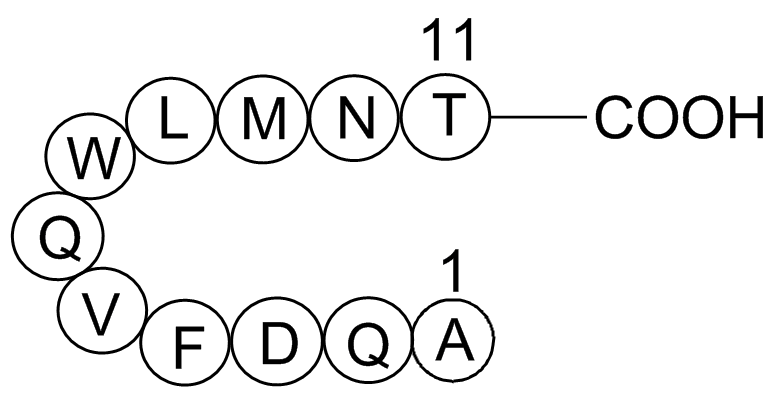
Regulation of AHR Activity AHR activity is regulated in various ways. First, AHR protein levels are controlled via ubiquitin-mediated proteosomal degradation: Ligand binding induces AHR ubiquitination and subsequent degradation by the proteasome [5]. AIP, a component of the AHR chaperone complex,
-
br Conclusions br Acknowledgments The authors are thankful
2024-04-13
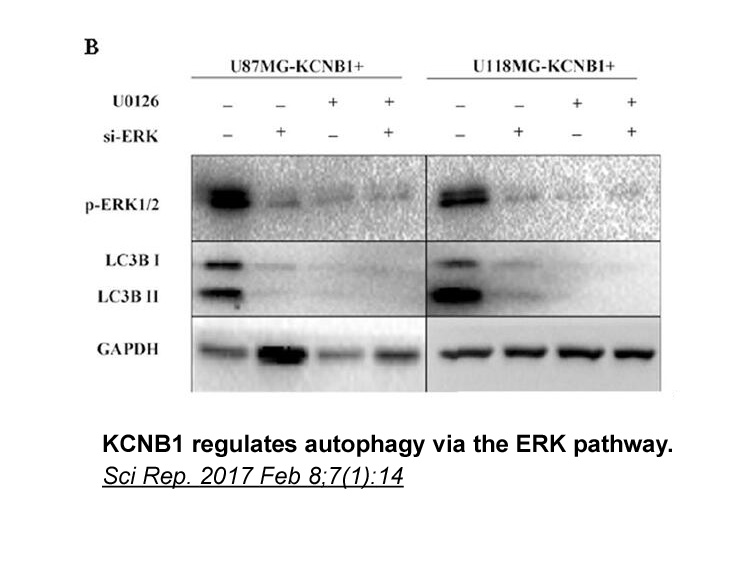
Conclusions Acknowledgments The authors are thankful to Hugo Santos, Olga Martinez and Ricardo Lacerda for the technical assistance provided in the maintenance of the aquaria. This work was supported by national funds, through FCT and co-funded by the European Regional Development Fund (ERDF)
-
Our previous work fails to show
2024-04-13

Our previous work fails to show any maternal effect with blockade of 5-HT2A receptor, as acute and repeated treatment of MDL100907 does not alter maternal behavior at the behaviorally active doses (Chen et al., 2014). In the present study, MDL100907 pretreatment attenuated the maternal disruptive ef
-
br Materials and methods br Results br Discussion Recent
2024-04-13

Materials and methods Results Discussion Recent studies have highlighted Ranitidine and autophagy as novel targets for the treatment of liver fibrosis [7,14]. In this study, we demonstrated that catalpol protected the rat liver from CCl4-caused injury and fibrogenesis in vivo and in vitro f
-
Although CP has been an important research subject in
2024-04-13
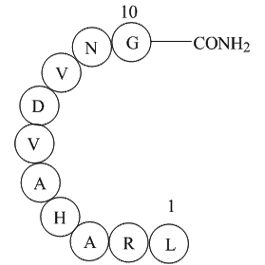
Although CP has been an important research subject in the field of antigen processing and presentation, the mechanisms of presentation of intracellular Pacritinib by MHC II received considerably less attention. Interestingly, pioneering work by the Münz laboratory has pointed to an involvement of a
-
It was previously demonstrated that
2024-04-13

It was previously demonstrated that dissociation of the V-ATPase in response to glucose depletion in yeast requires an intact microtubular network [28] and a catalytically active enzyme [29]. Interestingly, mutations in the non-homologous region of the catalytic subunit A are able to block dissociat
-
Recruitment of the Rad BP mediator to chromatin involves mul
2024-04-13
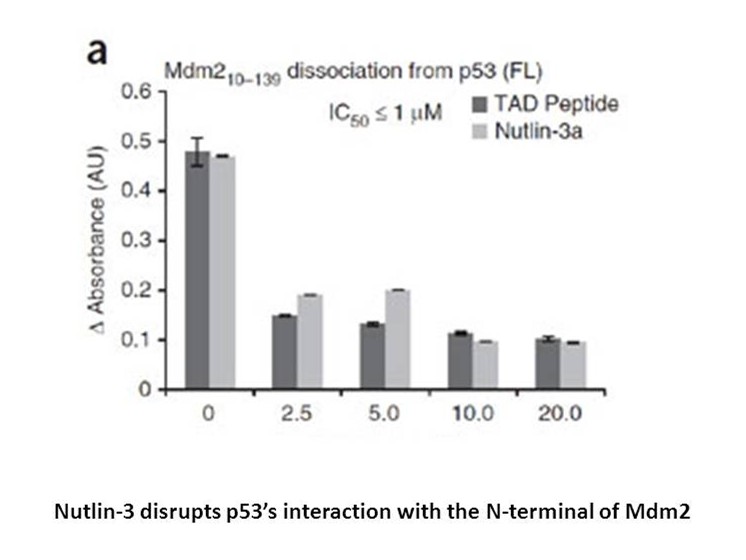
Recruitment of the Rad9/53BP1 mediator to Cholesterol involves multiple pathways (Fig. 2). In unperturbed conditions, Rad9 is already bound to chromatin via interaction between its Tudor domain and methylated histone H3 at lysine 79 [82], [83], [84], [85]. This constitutive Rad9 recruitment to chro
-
Among steroid saponins ginsenosides are the active component
2024-04-12
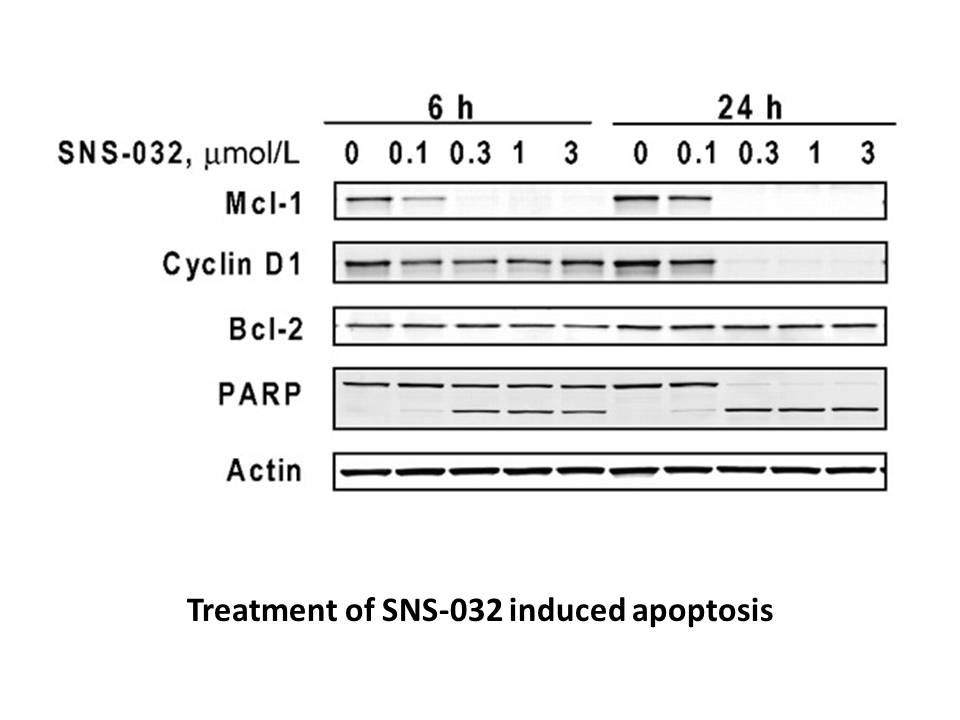
Among steroid saponins, ginsenosides are the active components of ginseng, a well-known chinese medicinal plant. More than hundreds of different ginsenosides have been isolated from ginseng and have shown in the past to be membrane active substances and to influence the membrane by modulating lipid
-
Formation of SAHFs in human cells is a
2024-04-12
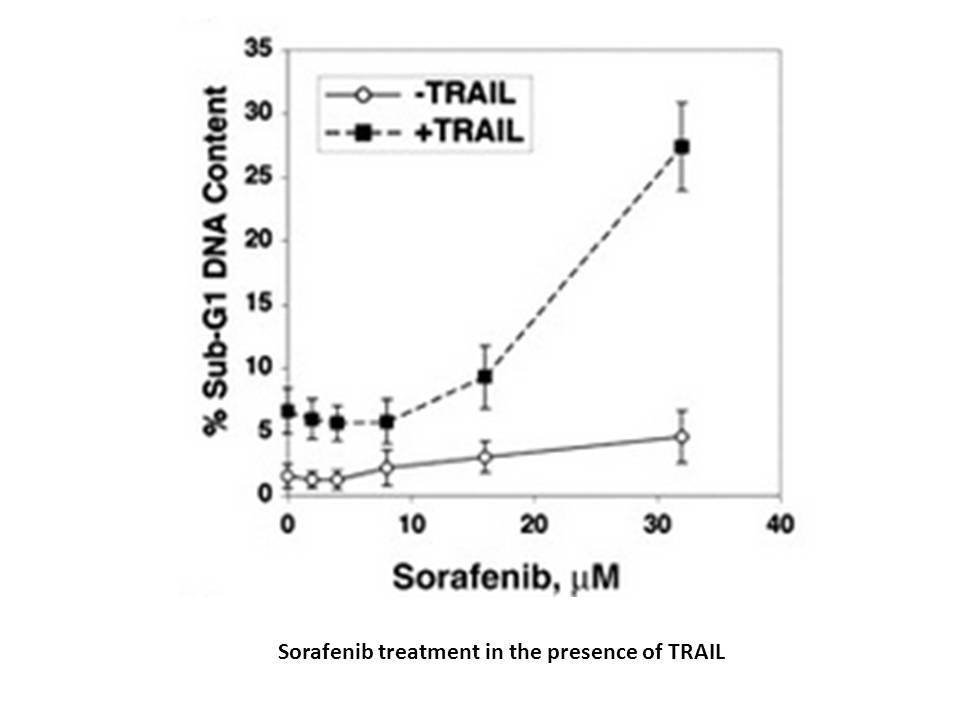
Formation of SAHFs in human MPTP hydrochloride receptor is a dynamic and multifaceted process that is largely dependent on the p16/pRB ras-induced senescence pathway [108]. Many details remain to be elucidated but formation appears to be driven by a complex of histone chaperones (HIRA and ASF1a), a
-
The evaluation of serum electrolytes e g sodium potassium ur
2024-04-12

The evaluation of serum electrolytes (e.g.: sodium, potassium, urea, creatinine, and uric acid), liver transaminases, blood counts (e.g. identification of thrombocytopenia, and bilirubin), 24-h urine (in order to monitor proteinuria), and heart rate and lung function of the mother should be performe
-
Recent studies have supported the existence of an inward RAS
2024-04-12
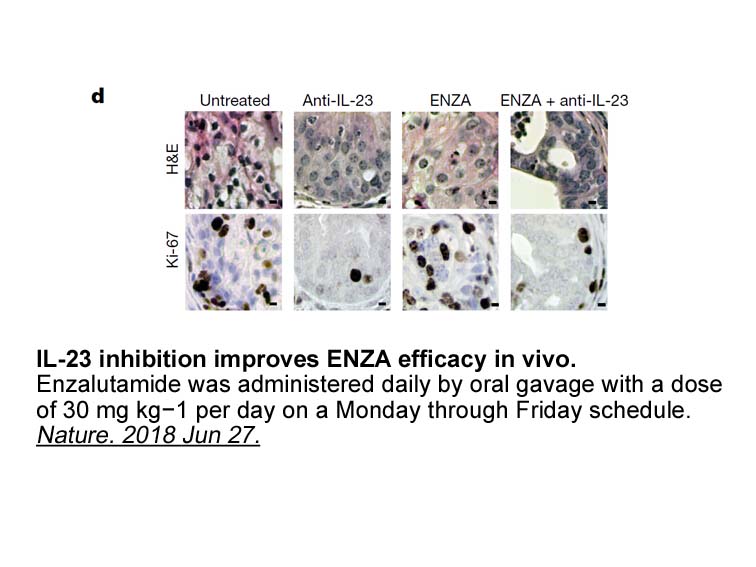
Recent studies have supported the existence of an inward RAS regulatory mechanism in which AT1 receptors downregulate angiotensin-converting enzyme 2 (ACE2) and subsequently impair angiotensin-(1-7) generation and MAS functionality (Jessup et al., 2006, Gallagher et al., 2008, Xia et al., 2009, Pern
-
The apocrine sweat glands of the human axilla
2024-04-12

The apocrine sweat glands of the human axilla produce odor substances with pheromone functions whose nature corresponds to volatile steroids (Cowley and Brooksbank, 1991, Grosser et al., 2000, Sobel et al., 1999, Weller, 1998). These functions only begin with puberty, indicating that sex hormones st
-
Perforation of the surface membrane however is not the only
2024-04-12
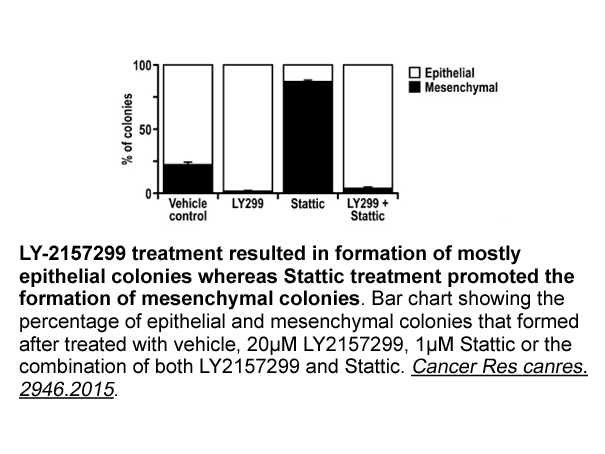
Perforation of the surface membrane, however, is not the only mechanism of calcium dysregulation by Aβ at the presynaptic terminals. When in excess, both monomers and oligomers modulate biophysical properties of voltage-activated calcium gbr properties as well as calcium release from the endoplasmic
-
In our previous work diffuse deposition patterns of
2024-04-12

In our previous work, diffuse deposition patterns of neocortical Aβ and a hierarchical upward spreading pattern of tau were determined with in vivo 18F-florbetaben and 18F-flortaucipir positron emission tomography (PET) studies, based on the regional frequency of involvement by tau and Aβ (Cho et al
-
AMPK is a central regulator of cell
2024-04-12
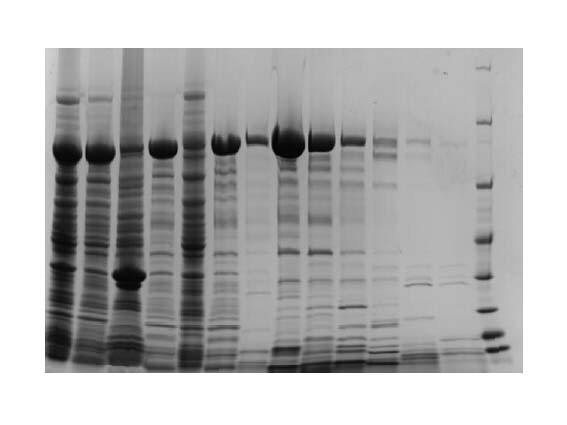
AMPK is a central regulator of cell growth, migration, metabolism, autophagy, and cell polarity [20], [21], [22], [23]. It is highly conserved in eukaryotes and functions as the primary sensor of intracellular adenosine nucleotides [24]. When intracellular ATP levels decrease, AMPK is activated to g
15919 records 170/1062 page Previous Next First page 上5页 166167168169170 下5页 Last page